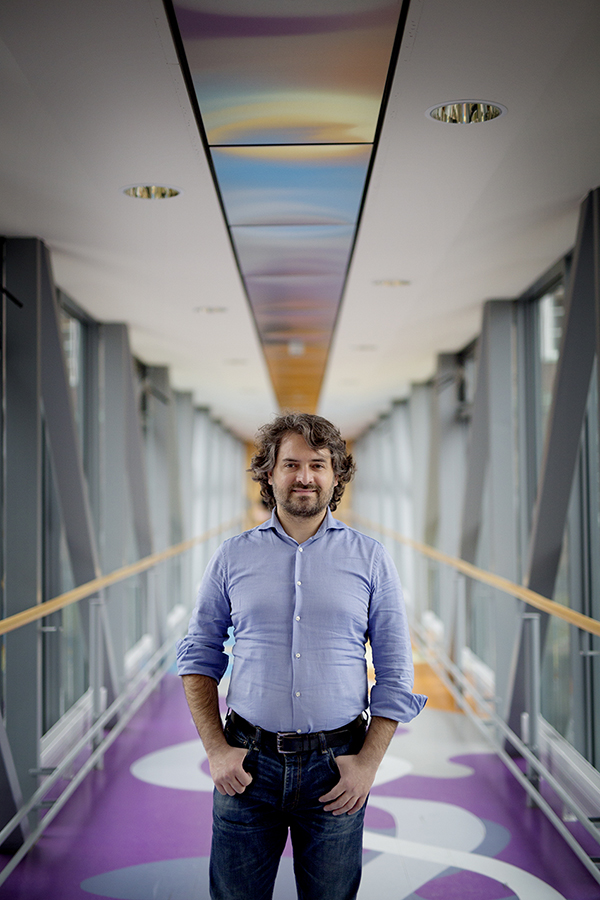In environments with scarce resources, identifying the right search strategy can make the difference between success and failure. Sometimes it may even be a matter of life and death.
“For example, for animals looking for food in an environment where food is scarce. Or for rescue personnel during search-and-rescue operations in disaster zones,” says Giovanni Volpe, a physics researcher at the University of Gothenburg and one of the authors behind the article.
Revisiting old theories
In order to easily find objects that are sparsely spread in a uniform environment, researchers have until now advocated for two main strategies. The first strategy involves searching along long straight stretches with occasional changes of direction, therefore exploring a large area (Lévy theory). The second strategy involves searching around the starting point, thus investigating a smaller area, but more thoroughly (Brownian theory).
 “In reality, most realistic environments are not uniform, but they have barriers and obstacles of different kinds. In natural landscapes, for example, there are mountains and rivers. Inside the cell, there are organelles. It is therefore not possible to go straight for a long time”, says Giovanni Volpe.
“In reality, most realistic environments are not uniform, but they have barriers and obstacles of different kinds. In natural landscapes, for example, there are mountains and rivers. Inside the cell, there are organelles. It is therefore not possible to go straight for a long time”, says Giovanni Volpe.
This study shows that the choice of the search strategy must take into account the presence of boundaries and obstacles in an environment. The researchers behind the article in PNAS have therefore put forward a new optimal search strategy that can be seen as a hybrid strategy with characteristics more similar to the Brownian theory than to the Lévy theory.
“We have tested both theories in large-scale computer simulations and discussed their robustness on a case-by-case basis. We have found that a hybrid strategy that takes into account the environment and topography leads to better results. Our result applies to search problems that include everything from animal strategies to search for food in a natural landscape to biomolecule strategies to optimize biochemical reactions within a living cell,” says Giovanni Volpe.
This study has been conducted by researchers at the University of Gothenburg together with researchers working in the United Kingdom.
Article title: The topography of the environment alters the optimal search strategy for active particles
Link to the article>>
Contact:
Giovanni Volpe, researcher at the Physics Department, University of Gothenburg, mobile: 0709-96 61 81, e-mail: giovanni.volpe@physics.gu.se
Photo: Malin Arnesson
 “In reality, most realistic environments are not uniform, but they have barriers and obstacles of different kinds. In natural landscapes, for example, there are mountains and rivers. Inside the cell, there are organelles. It is therefore not possible to go straight for a long time”, says Giovanni Volpe.
“In reality, most realistic environments are not uniform, but they have barriers and obstacles of different kinds. In natural landscapes, for example, there are mountains and rivers. Inside the cell, there are organelles. It is therefore not possible to go straight for a long time”, says Giovanni Volpe.